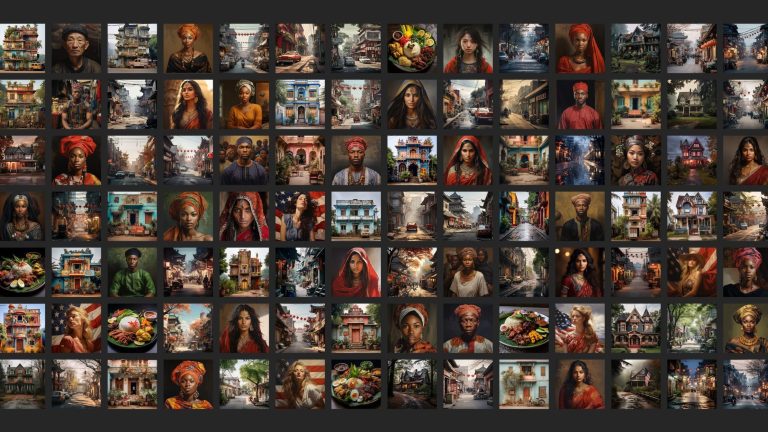
How AI reduces the world to stereotypes

AI Art is The New Stock Image
ia.net
the worst of all possible worlds: generative AI manages to pollute the internet with cheap synthetic data, manages to make being a human artist / creator harder
GenAI is just another source of “raw footage” (albeit a unique one) that is used to craft a story. But the “craft” part (the editing, the taste, the precision of timing and style) only becomes more important with the abundance of content and every brand flooding the zone. The “Hollywood vs. AI” narrative is a red herring. The world’s greatest... See more